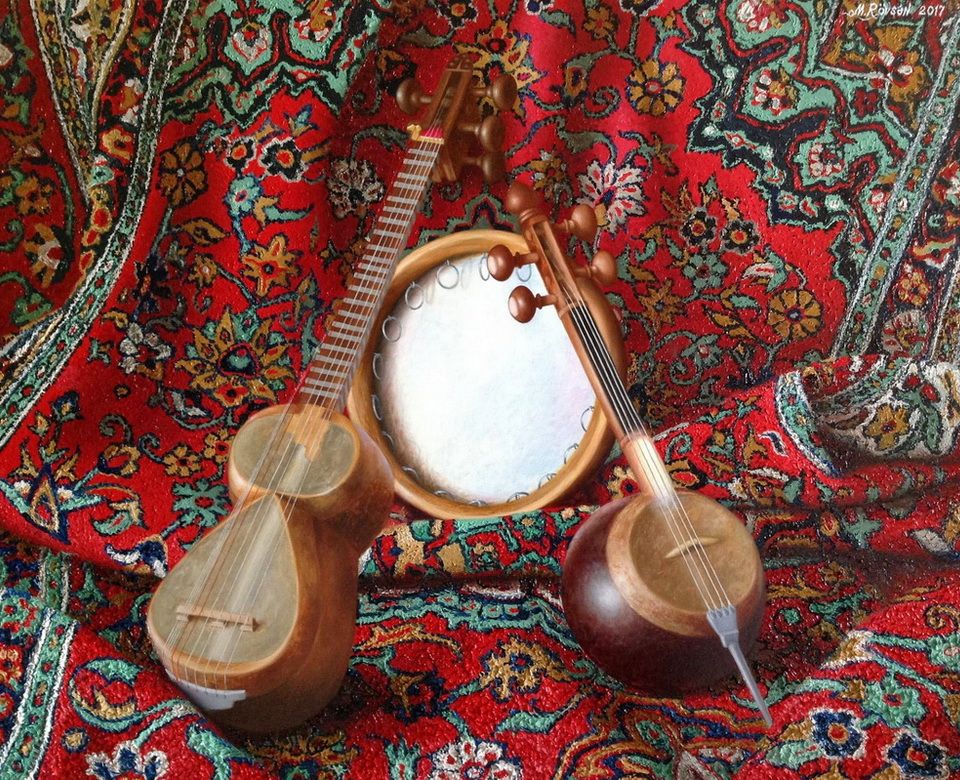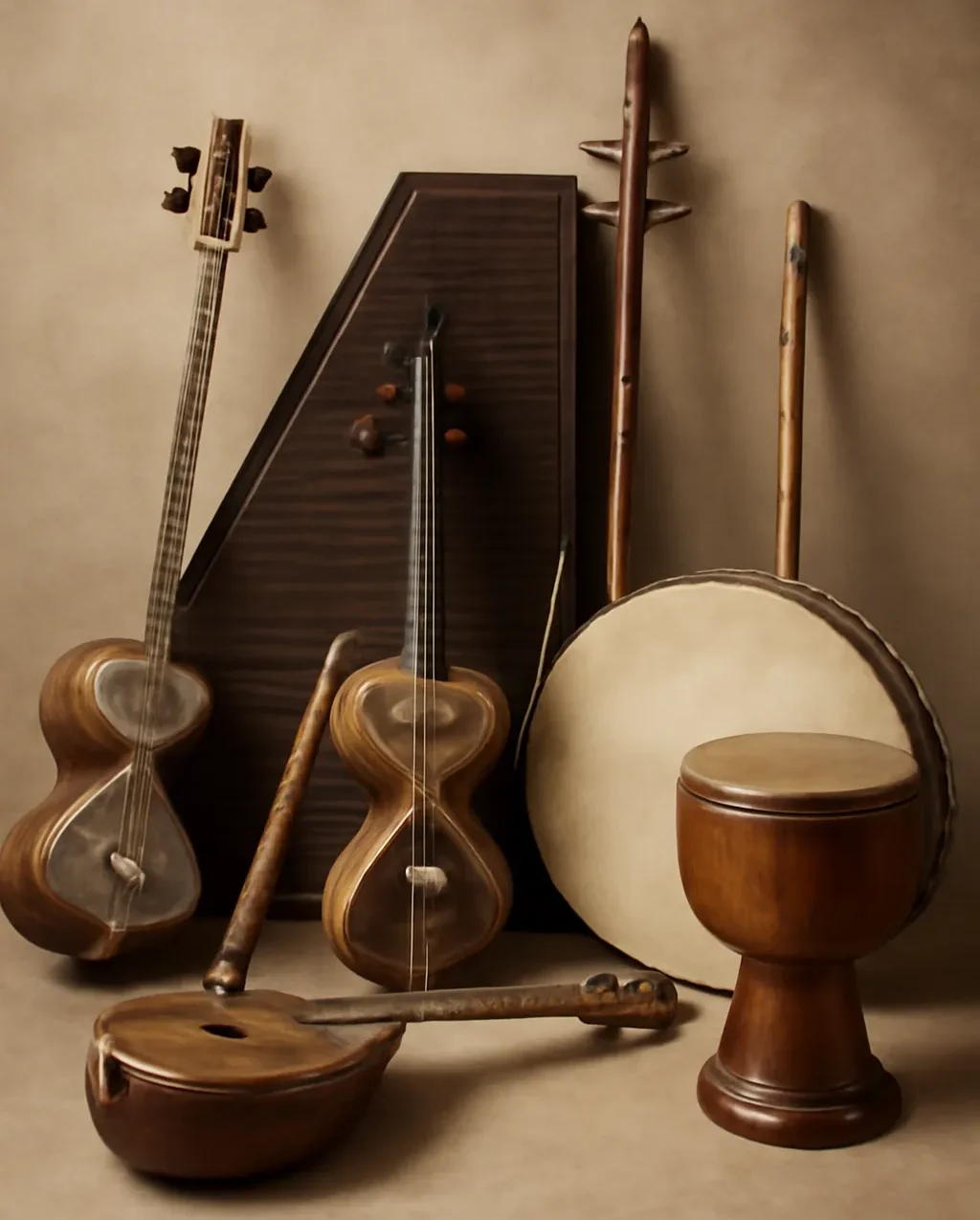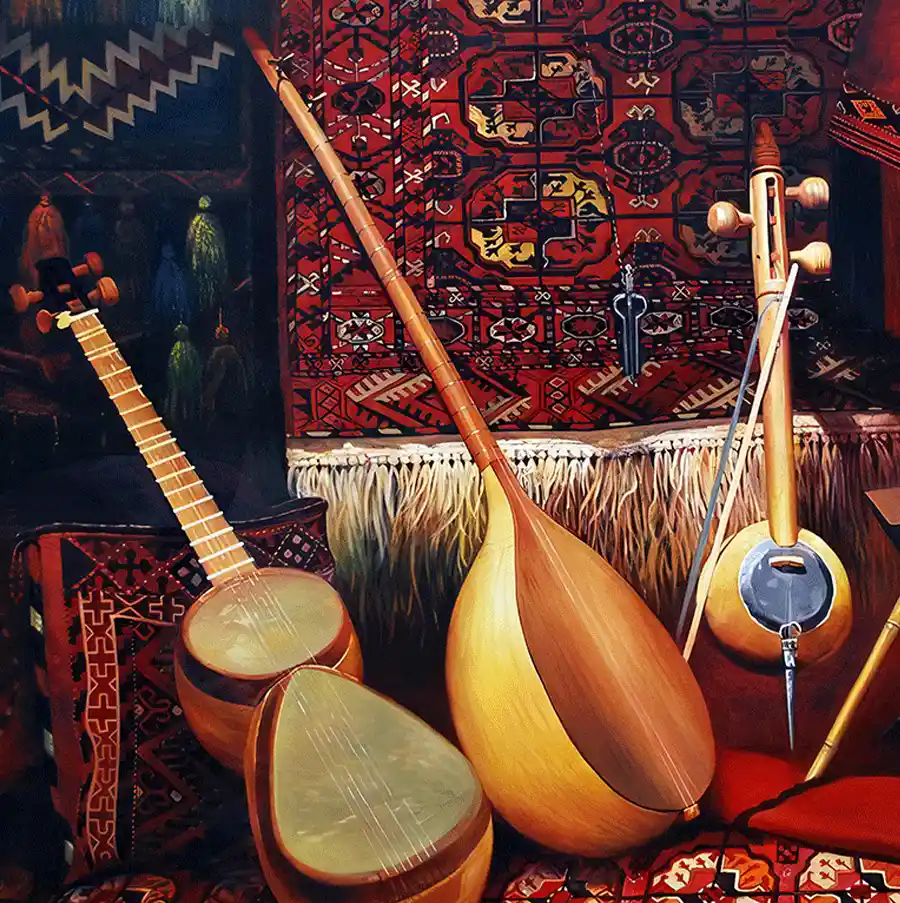A Unique Journey into the World of Persian Music

- maryam jafary
- 16 July 2025
- Traditional Persian Music
- 2 minutes
The Ancient Roots of Persian Music
Persian Music has a deep and ancient history, dating back thousands of years to the time of the Achaemenid kings and even earlier. During those early years, the sounds of Persian instruments filled the air, echoing through the palaces and streets as a central part of both religious rituals and everyday life. The musical legacy of Persian can be traced back through historical inscriptions and artwork, showcasing how valued music was by the people of ancient Persia. One of the most famous figures from this era is Barbad, a musician during the Sassanid dynasty, whose influence on Persian music is legendary.
Persian music is more than just an art form; it has been an integral part of the culture, telling the stories of the past while resonating with the emotional landscape of the present.
Cultural Influences and the Exchange of Melodies with Neighbors
As a crossroads of civilizations, Persian has been a place where the music of various cultures has intertwined. Persian Music absorbed and incorporated influences from Indian, Turkish, and even Greek musical traditions. Yet, what makes Persian music so remarkable is its ability to preserve its own unique identity while blending these diverse influences. The art of fusion is central to Persian music, taking inspiration from others while still staying true to its deep-rooted traditions. This process of cultural exchange has given Persian Music a dynamic and diverse sound, which continues to captivate listeners from all around the world.
The Secrets of Persian Instruments
Exploring Persian Traditional Instruments: From Tar to Santur
One of the most captivating aspects of Persian Music is its instruments. The santur, tar, setar, kamancheh, ney, daf, and tombak each carry unique sounds that help convey the emotions embedded in Persian music. For example, the santur, a stringed instrument played with mallets, produces an ethereal, haunting sound that resonates deeply with listeners. Similarly, the tar, made from wood and animal skin, has a rich, warm tone that can evoke both sorrow and joy. Persian Music isn’t just about listening—it’s an experience, a journey through the heart of Persian’s culture.

This image beautifully showcases a collection of traditional Persian musical instruments, such as the tar, santur, kamancheh, ney, and daf, each representing a unique cultural and historical legacy.
The Persian Music System: Dastgahs and Gushehs
The complexity of Persian music is reflected in its structure. The system of dastgahs (musical modes) and gushehs (melodic segments) is unique to Persian music. This intricate system allows for a style of improvisation that is rare in most musical traditions. The freedom to improvise means that no two performances are ever the same, even when the same piece is played. Musicians and singers inject their personal emotions into the music, allowing every performance to be fresh, spontaneous, and deeply emotional.
The Difference and Uniqueness of Persian Music Compared to Other Music Worldwide
Let’s be clear—Persian music stands apart from other styles worldwide. While it may share certain characteristics with music from the East or even the West, its dastgah system and improvisational approach are completely unique. Unlike many Western musical traditions, which often follow fixed structures and scales, Persian Music allows for free-flowing creativity, which means that performances can change with every note. This ability to improvise, to feel the music in the moment, is what makes Persian music so captivating and so distinctly its own.










Comments